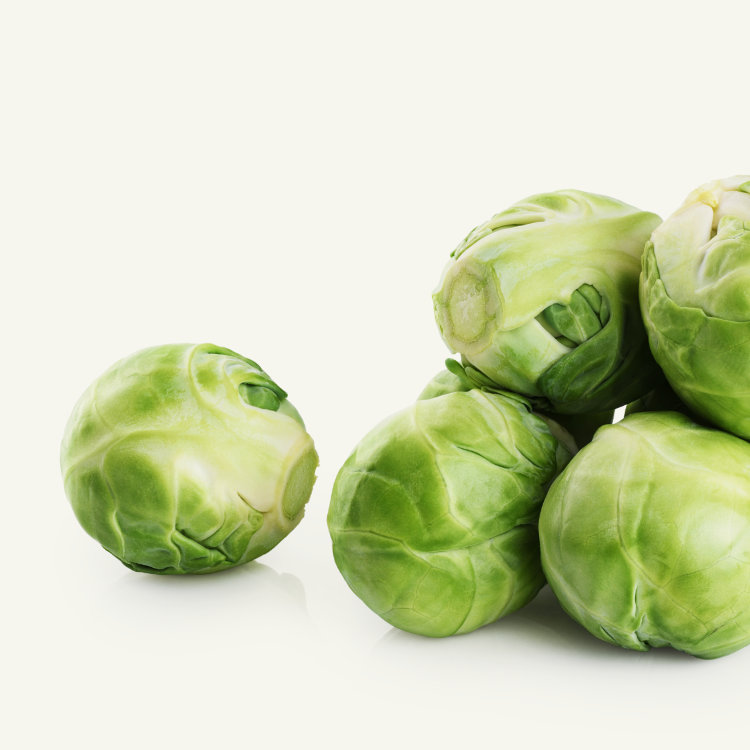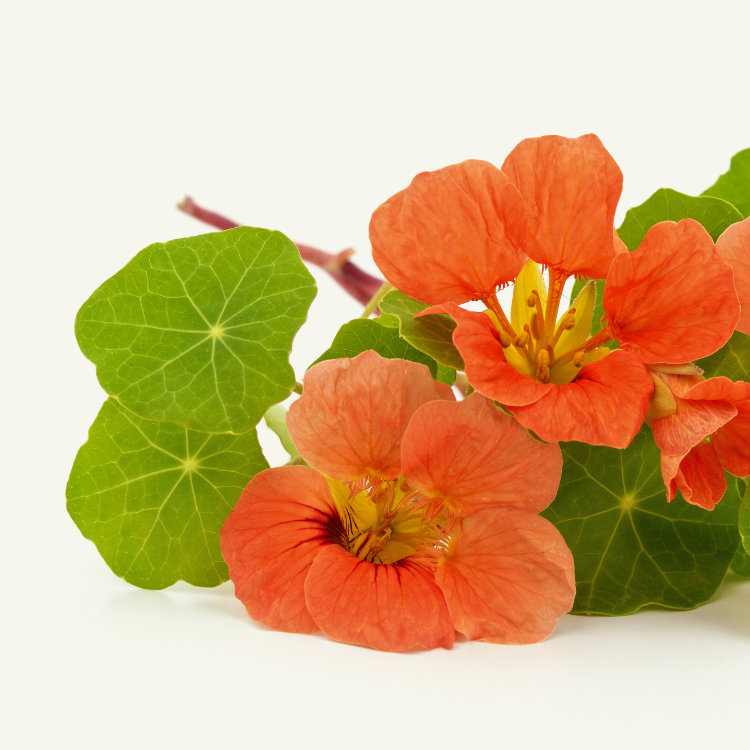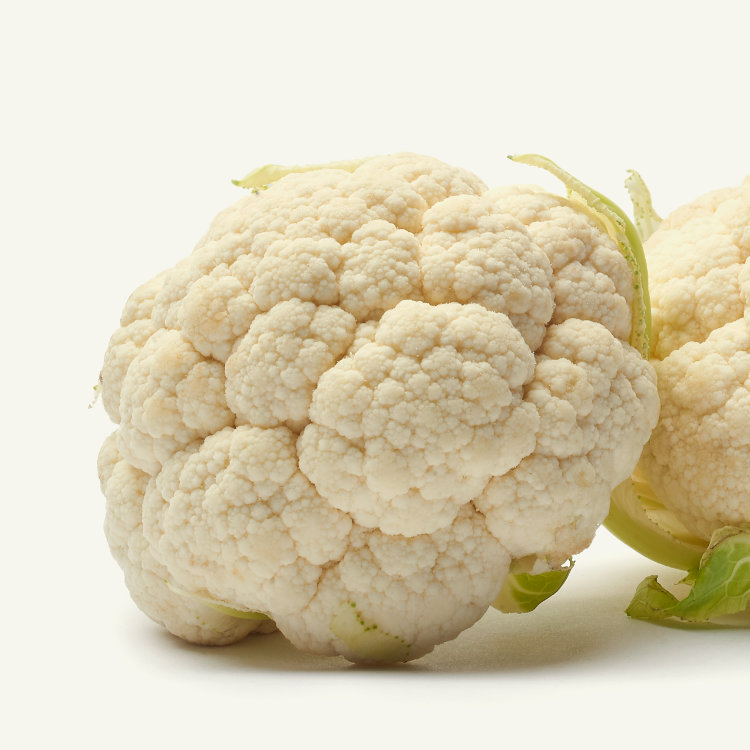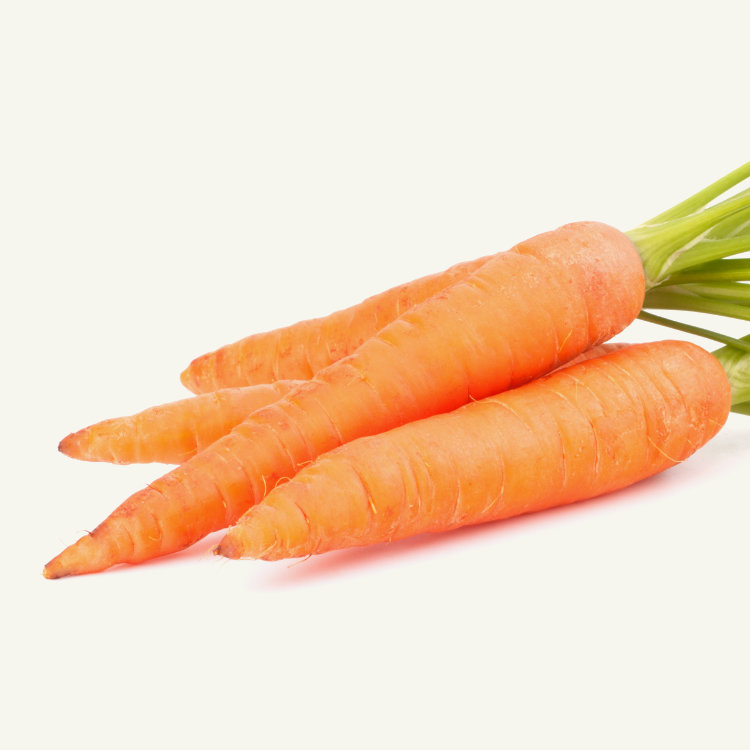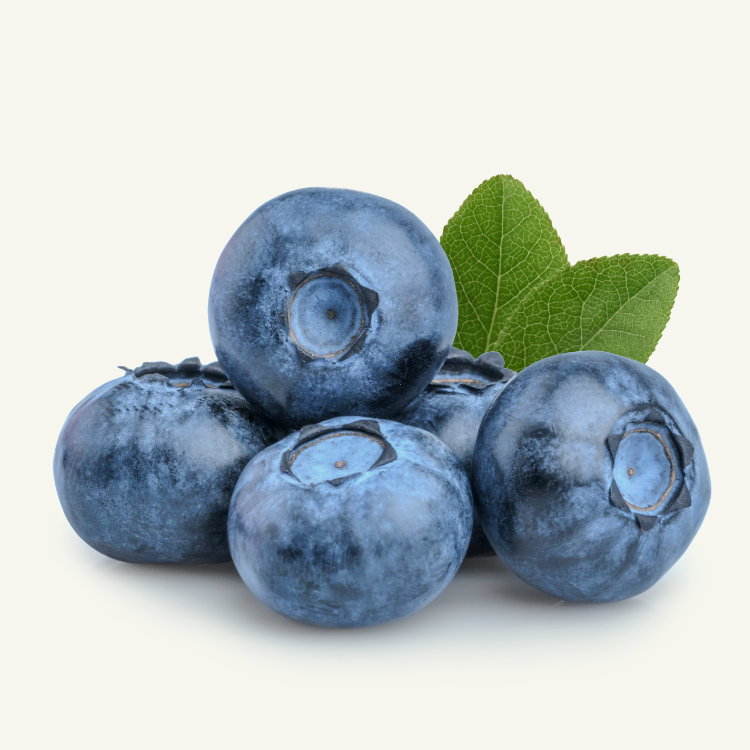Description
Brussels sprouts, Brassica oleracea var. gemmifera, are a cultivar of the Brassicaceae cabbage family, grown for its edible buds, a miniature cabbage-like head.
Brussels sprouts are a cool-weather vegetable that can be grown both in Spring and Autumn. They resist frost but should be protected from strong winds.
Its name came from the popularity it gained in Brussels, Belgium, which dates back as early as the 13th century.
Characteristics
Plant
Type
Herb
Life
Cycle
Annual
Biennial
Plant
Height
0,6–1 m
(2–3 ft)
Plant
Spread
50–60 cm
(20–24 in)
Biodynamic
Group
Leaf
Plants
Hardiness
Zones
USDA 3-10
RHS H5
Harvest should start from the lowest sprouts when they reached 2,5–5,0 cm (1–2 in) in diameter. Brussels sprouts are considered to be sweetest after a frost.
Growing Conditions
Sunlight
Full sun
Water
Moist well drained
Soil
Loam, sand
Fertilization
High to moderate
PH
6.0 to 7.0
Culture Guide
Propagation
By seed
Deep
1,3 cm
(0,5 inches)
Space
60 cm
(24 inches)
between plants
Distance
75 cm
(30 inches)
between rows
Calendar
JANUARY
FEBRUARY
MARCH
APRIL
MAY
JUNE
JULY
AUGUST
SEPTEMBER
OCTOBER
NOVEMBER
DECEMBER
Unfavourable. Sow/Plant Sow/Plant/Harvest. Harvest.
Sowing, planting, and harvesting times are region and hardiness zone-dependent. Please adjust dates according to country and crop used.
To know the best times for indoor seeding, outdoor sowing, planting, and harvest, please consult our gardening calendar.
Pairs
Companion planting is an excellent method to maximise space, improve pollination, deterring pests, prevent diseases, and improve growth.
Discover what crops can you use for better results, and the ones you should avoid.
Positive
Basil
Garlic
Beet
Onion
Sage
Thyme
Clover
Absinthe
Leek
Radish
Spinach
Carrot
Negative
Broccoli
Cauliflower
Strawberry
Tomato
Eggplant
Kohlrabi
Pests and Diseases
Brussels sprouts belong to the Brassica group, so they are affected by most of the cabbages pests and diseases. However, they are all easily controllable.
Some of the most common are: cabbage whitefly, cabbage root fly, downy mildew, powdery mildew, flea beetle, diamondback moth, thrips, mealy cabbage aphid, cabbage lopper, large cabbage white.
Prevention and Control
Prevention and control methods depend mostly on the pests and diseases affecting your plants. Weather, soil, and the surrounding environment can also promote or demote plant problems.
For the most common issues, you can use horsetail decoction, neem oil, Bacillus thuringiensis, and pyrethrum.
Nutrients
Energy
Carbohydrates
Water
Average nutrition values per 100 g. of edible portion.
Percentage of daily values based on a 2000 calorie diet.
Health Benefits
Brussels sprouts may be tiny but don’t be fooled, in terms of nutrients they are mighty. Vitamin C and vitamin K are the most relevant, being present in more than 100% of your RDA. Vitamin A, vitamin B6, vitamin B9 (folic acid), calcium, iron, manganese, and phosphorus have all significant values in regard to your daily needs.
Brussels sprouts are rich in antioxidants and fiber. They can help to protect against cancer, regulate blood sugar, boost the immune system, and improve digestion.
You may also like to know more about

